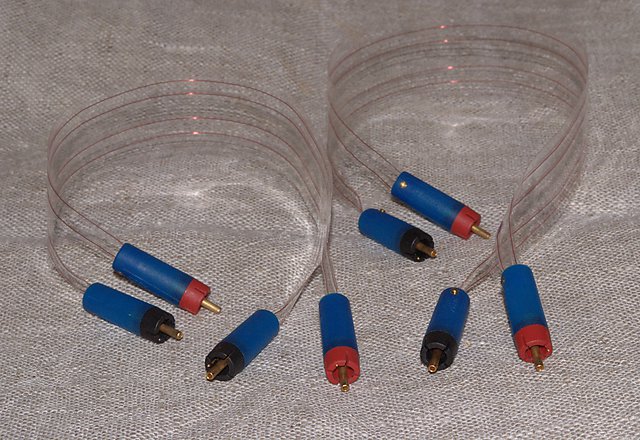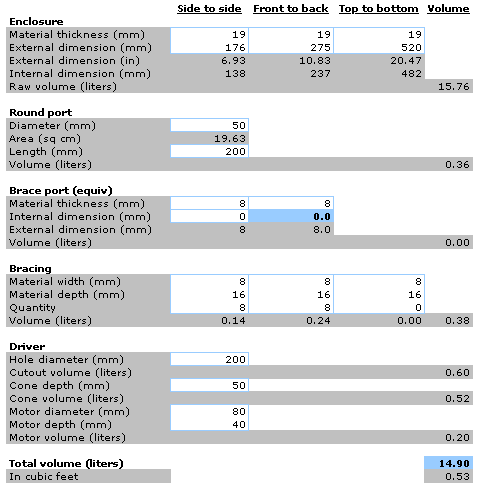
How to make an interconnect with magnet wire
I have in the past made interconnects with “magnet wire” – this is a solid copper conductor insulated with a thin layer of enamel, so also search for “enameled copper wire” when looking for it. It is used for making the windings of transformers and motors, and is therefore plentiful and cheap. My earlier efforts involved wrapping magnet wire in a spiral around various type of core, like teflon tubing. But I was never all that happy with them and ended up putting my efforts at the time into the cable recipe devised by Jon Risch, involving the cores of Belden 89259 and 89248 twistedRead More →


